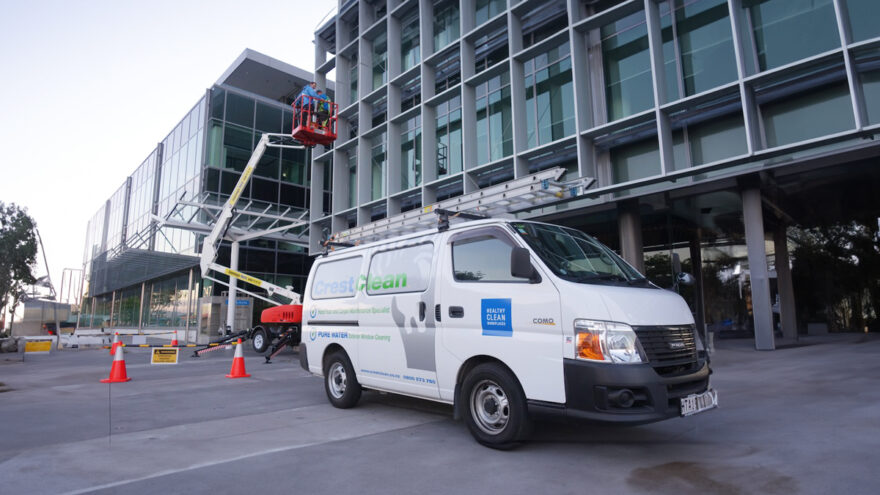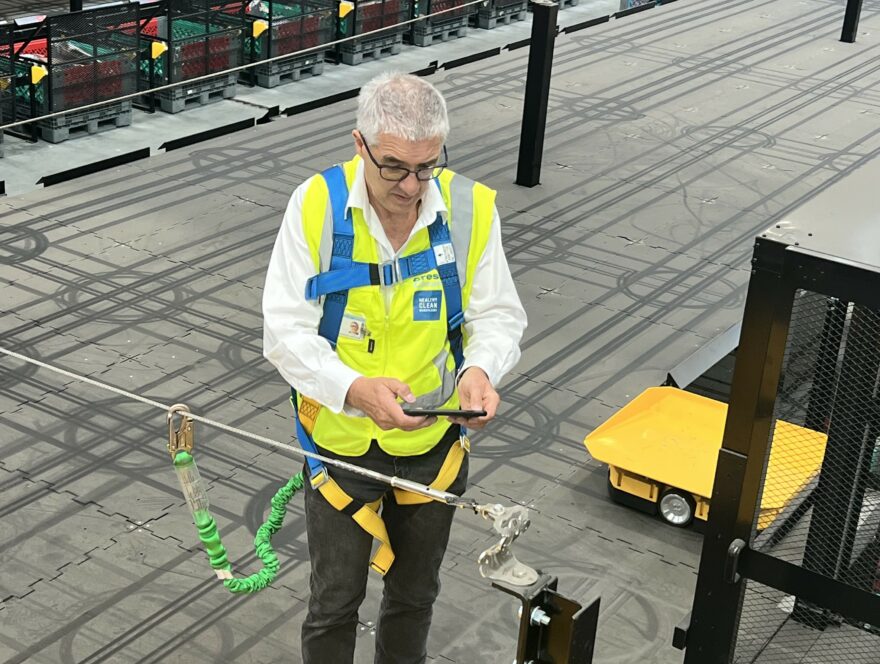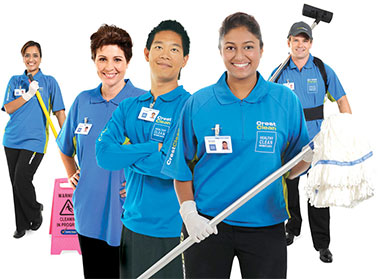CrestClean takes proactive approach to safe working at height

Falling from height was the second most common cause of workplace fatalities in New Zealand in 2023, which makes working at height a relevant talking point for the year ahead.
One fall is too many. At CrestClean, we recognise the severe consequences of compromising safety, especially when it comes to working at height. Our commitment to ensuring the safety of both customers and franchisees involves rigorous training, certified equipment, regular inspections, and ongoing safety education.
It’s important to us that CrestClean customers have peace of mind that high-risk work will not present a danger to anyone on their premises.
Health Safety and Wellbeing Leader, Ian Noon, leaves no stone unturned when it comes to ensuring safe work sites for CrestClean franchisees and their customers.

“We start by asking: do we have suitably trained teams to do the work? We then check that the training is appropriate for the job. If yes, we proceed to develop Safe Work Method Statements (SWMS) and plan an audit visit,” says Ian.
“This is unusual work for our CrestClean teams, so we need to know for sure that we have everything covered off.”
As working at height requires more detailed preparation, our cleaning teams plan ahead to allow time to prepare permits and the SWMS. We provide customers with this documentation if they would like to approve work before it commences.
Ian and his team attend regular site audits to check that work carried out aligns with the approved SWMS. CrestClean teams are issued with a lanyard that reflects the type of work and any associated restrictions.
“If while attending a site and auditing the process it is revealed that important steps are not covered by the SWMS or people involved are not fully aware of the restrictions, work is halted,” says Ian.

Before taking a step on a ladder, our cleaning teams identify any hazards and evaluate the likelihood and severity of potential incidents. Ian says our ‘two feet on the ground’ policy ensures that while one person works at height, another remains on a secure surface, ready to assist if needed. This promotes team safety and immediate intervention in case of an incident.
Ian reinforces that CrestClean franchisees are not permitted to work alone in high-risk environments, ensuring they’re always supported while working at height. Regional Master Franchisees may also visit the site prior to work commencing to conduct a toolbox meeting where cleaning teams have the opportunity to discuss potential dangers.
We firmly believe that the better the equipment, the safer our franchisees and customers. CrestClean franchisees have vast knowledge of the different types of equipment and what to use for each task. In choosing working equipment, our cleaning teams prioritise safety, only using ladders or Mobile Elevated Working Platforms (MEWP) if necessary. If a targeted area can be reached by an extension pole, cleaning teams will use this instead.

When a ladder or MEWP is required, franchisees will work with our Health and Safety team to obtain a permit for the work.
This involves sending a photo of the targeted area, description of the equipment and the weight capacity label. Franchisees trained in the use of MEWPs and fall restraint systems hold NZQA qualifications specific to high-risk applications.
Fall restraint systems, such as harnesses, are used at all high-risk work at height.
Preventing accidents starts with identifying risk, using proper equipment, following procedures, and reporting any concerns. At CrestClean, we work together to make every workday a safe day.
